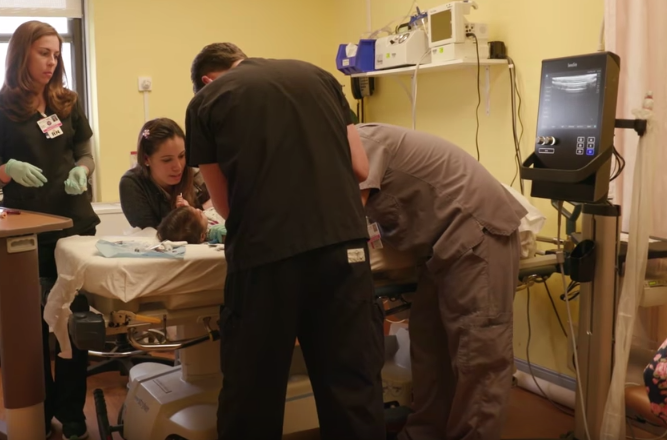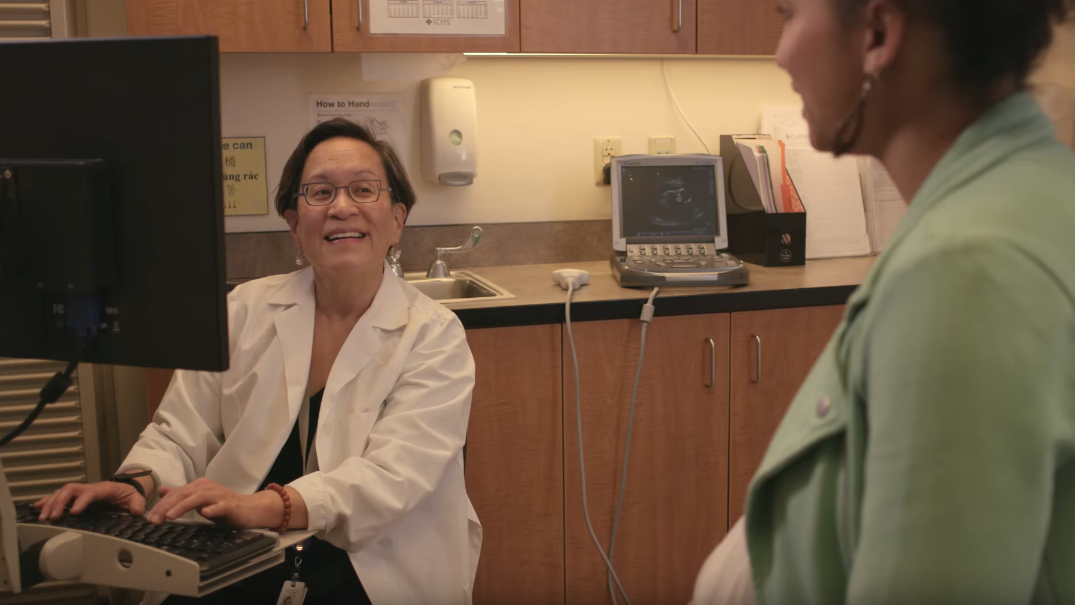Reducing Costs and Increasing Care Quality With Ultrasound-Guided PIVs

How does ultrasound-guided vascular access improve care and reduce costs?

How does ultrasound-guided vascular access improve care and reduce costs?

Uncertainty – especially in economics, government, or healthcare - can be hard to handle. Combine a little bit of uncertainty in Washington D.C. and the medical community and you’ll have a window into 2017, a time when the future of the Affordable Health Care Act and the health sector is in flux.

Promoting patient safety and increasing health care quality have dominated the health care landscape during the last 15 years. Health care regulators and payers are now tying patient safety outcomes and best practices to hospital reimbursement. Many health care leaders are searching for new technologies that not only make health care for patients safer but also reduce overall health care costs. New advances in ultrasonography have made this technology available to health care providers at the patient's bedside.
Finance leaders should understand the drivers of cost and quality in their organizations, including how best to make cost-effective use of technologies.

FUJIFILM SONOSITE APPLAUDS US SENATE SUBCOMMITTEE HEARING ON THE NEED TO ADDRESS PREVENTABLE DEATHS IN US HEALTHCARE SYSTEM
Would you let your family fly in an airplane at night if the pilot didn’t have radar? I certainly wouldn’t. That pilot would be flying blind. It’s the same for ultrasound. When a physician performs an invasive procure without ultrasound guidance, it’s akin to a flying blind.